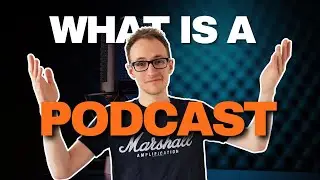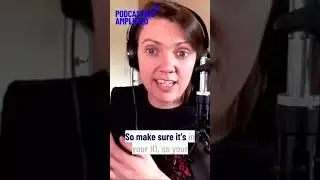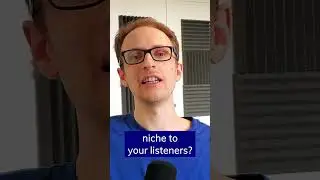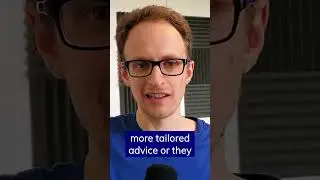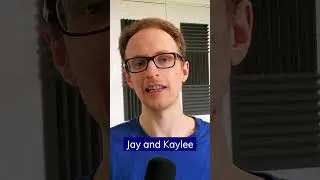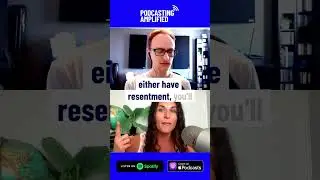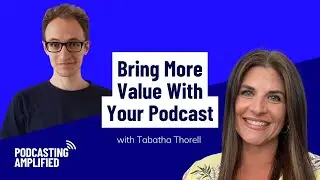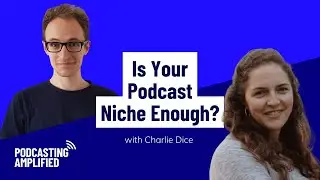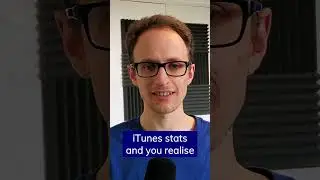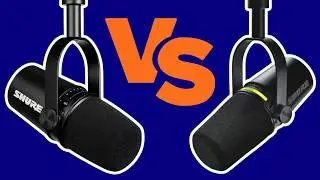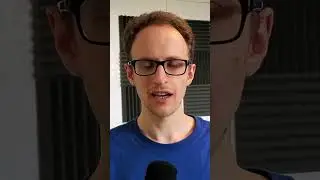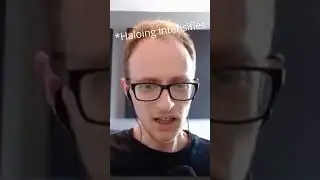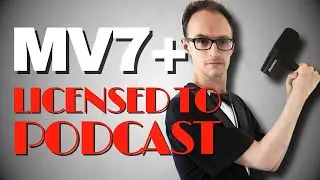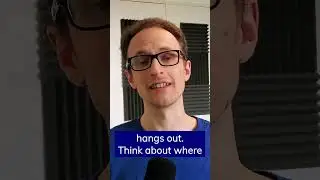What Level Should You Record At In A Home Studio? (For The Best Recordings)
I was once taught - “When recording, you should record at the highest possible level without clipping.” I’m going to explain why this is wrong, and what level you should record at in a home studio instead.
What Is Level?
First, let’s briefly go over what I mean by level, because the term is used for all sorts of aspects of recording. Level is the overall amount of audio signal that’s going into your audio interface, and in turn your DAW. Bob Katz (https://books.google.co.uk/books?id=A...) defines it as intensity, but that it doesn’t mean anything unless it has a value attached to it, for example – decibels, which is what we’re referring to today. Put simply, think of it as the volume of audio going into your system.
Why Shouldn’t You Record So Hot?
So in the intro I said that I’d been told to set the input level as loud as possible without clipping the channel. Now, this way of thinking worked quite well back in the days of analogue gear for recording to tape, but it’s not relevant for recording today in your digital studio. And in this video, I explain why.
What Level Should You Record At In A Home Studio Then?
Knowing why you shouldn’t record so hot, you’ll understand why you want to keep away from that 0db mark when recording, but what level should you record it? Find out in this video
Let me know in the comments if you’re unsure about anything, or what your opinion is on the topic, what level do you record at?
Intro - 0:00
What Is Level? - 0:27
Why Shouldn’t You Record So Hot? - 1:08
What Level Should You Record At? - 2:10
Bonus Tips - 4:20
-
Visit https://www.claricast.com for professional support with your podcast.
Visit https://www.joecrowtheaudiopro.com/ for more audio production tips & guides.
Follow on Facebook - / joecrowtheaudiopro
Follow on Twitter - / joecrowaudiopro



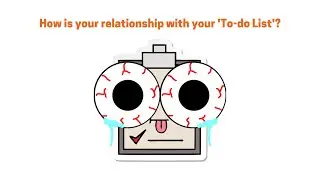


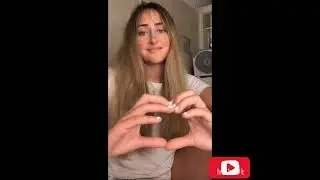
![[Ep.553, WEi] Еженедельный Айдол/Weekly Idol (рус.саб)](https://images.videosashka.com/watch/oWpe77N8Y2E)
